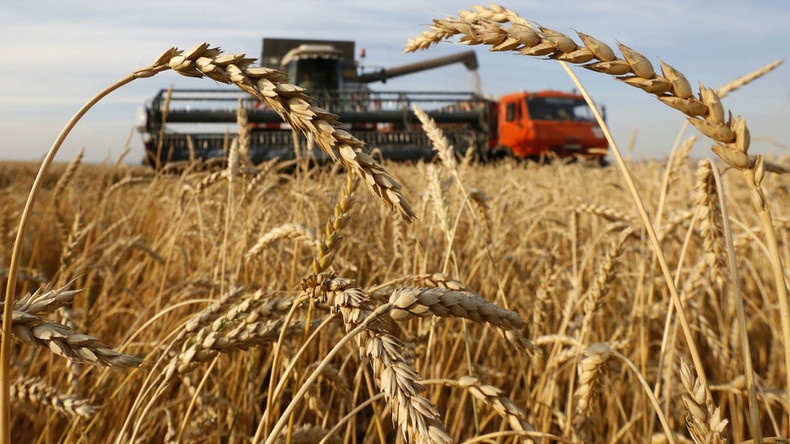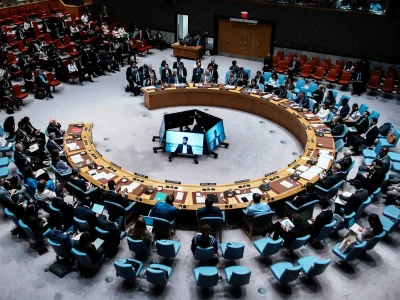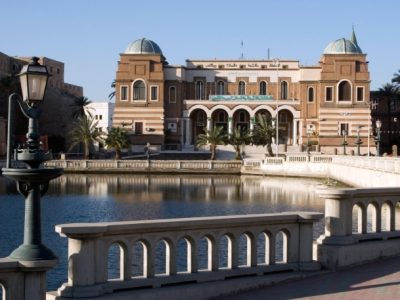Libya Wheat Imports and Food Security: How Global Shocks Shape the Nation’s Grain Supply
Libyan agriculture faces an unflinching test: roughly 90% of the country’s cereals are imported, with annual needs of about 2.5 million tonnes – mostly wheat. Before 2022, nearly half of Libya’s wheat came from Ukraine and Russia (about 30% and 20%, respectively). The war that began in Ukraine upended those supply lines. A UN‑brokered Black Sea Grain Initiative had briefly opened export routes from Ukraine, but Moscow’s withdrawal in July 2023 ended that safe corridor. Since then the war continues to disrupt Black Sea shipping routes and complicate logistics for importers like Libya. Libyan buyers have responded by shifting to alternate sources – notably Russian exporters, which have ramped up sales. By mid‑2025 Libya had become one of the largest African importers of Russian wheat. These changes underscore Libya’s vulnerability: with scant domestic harvests, war or weather abroad can swiftly translate into higher food bills at home.
Geopolitical Shocks and Market Strains
Libya’s grain supply is now buffeted by a tangle of geopolitical and economic pressures. On one hand, Russia and Ukraine are still among the world’s breadbaskets, so their competition and conflict have global ripple effects. Ukraine’s exports remain well below prewar levels, and sporadic fighting still threatens ships in the Black Sea. On the other hand, Russia has actively courted African markets with discounted grain, spurred by both politics and price. In practical terms, Libyan importers must navigate multiple trade routes and currencies. Recent reports note that Libya faces currency volatility, rising global freight costs and supply chain instability, making it harder to lock in stable prices. For example, freight rate hikes on the Red Sea or Suez Canal can instantly raise the landed cost of wheat from Europe or America. Domestic food inflation has so far stayed unusually low (around 3–4%) thanks to large consumer subsidies, but any widening of the currency gap or subsidy cuts could trigger price spikes.
Meanwhile, climate change is quietly reshaping the global grain balance. A recent Stanford study finds that warming and more frequent drought have already trimmed wheat and other grain yields 4–13% below what they would have been without climate trends. Europe and parts of Asia have seen harvests fall short of old projections, even as some U.S. yields held up better than expected. These shifts matter to Libya because they add uncertainty: a drought in Canada or heat wave in Spain can tighten export availability and push up world prices, as can direct storm disruptions to shipping. In short, Libya’s reliance on foreign grain comes at a time when neither supply nor demand is stable. Politically, Libya remains tactful: its governments buy from whatever vendors can deliver, whether in the West or East. Neither side is singled out for blame; the concern is simply practical: securing sufficient affordable grain amid a fractured world market.
Strategies for Homegrown Security
Libya’s leaders have signaled that food security must now be a national priority. In 2024 Prime Minister Dbeibah approved a National Food Security Strategy (2025–2035) aimed at “enhanc[ing] local production, achieve[ing] food self‑sufficiency, and build[ing] a sustainable food system”. The plan envisages dozens of projects to improve irrigation, storage, farm extension and market access – for example expanding arable land under pivot irrigation and building silos. For context, only about 1% of Libya’s vast area is arable and most farming depends on scarce groundwater. In the Al Khufrah oasis, for instance, green circular fields in the desert are irrigated with fossil aquifer water to grow wheat and forage. The nation’s famous Great Man-Made River project similarly taps deep aquifers to move water northward. These examples show what it takes to raise local output, but they are costly and finite (the groundwater is nonrenewable).
In practice, boosting domestic production will be gradual. Libyan wheat harvests have hovered around 200,000 tonnes per year – only a few percent of need. Experts stress that while environmental constraints are real, modernization could help. Oxford Business Group notes prospects to “expand irrigated land, promote sustainable farming practices, and improve access to credit” for farmers. Better seeds and technology (precision irrigation, drought-resistant grains) could push yields upward. Several enterprises in Misrata and elsewhere already mill flour and make pasta locally, anchoring a small food industry that could grow. These private ventures rely on stable imports of grain, but in time a more reliable policy and investment climate could allow them to import less.
Still, Libyans recognize that imports will remain important for years. To mitigate risk, the government is encouraging new partnerships – for example negotiating with Gulf and Eastern European suppliers to diversify sources – while maintaining ties to traditional partners. Public subsidies for bread and flour will likely continue to shelter consumers in the interim. But the underlying goal is clear: reduce dependence on volatile global markets. By combining cautious procurement (trying not to buy all wheat from one country) with any expansion of local farming, Libya aims to buffer its population against the shocks that have recently humbled so many grain-dependent nations. Whether through irrigation projects or supportive policies, the hope is to strengthen a fragile domestic base so that Libya’s food supply is more resilient – economically as well as geopolitically.




